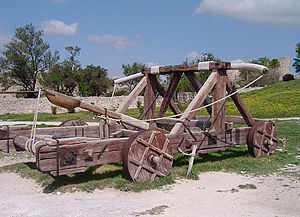history of military technology part 2
has decreased substantially, but much of the American military-scientific complex remains in place.
The sheer scale of military funding for science since World War II has instigated a large body of historical literature analyzing the effects of that funding, especially for American science. Since Paul Forman’s 1987 article “Behind quantum electronics: National security as a basis for physical research in the United State, 1940-1960,” there has been an ongoing historical debate over precisely how and to what extent military funding affected the course of scientific research and discovery.[3] Forman and others have argued that military funding fundamentally redirected science—particularly physics—toward applied research, and that military technologies predominantly formed the basis for subsequent research even in areas of basic science; ultimately the very culture and ideals of science were colored by extensive collaboration between scientists and military planners. An alternate view has been presented by Daniel Kevles, that while military funding provided many new opportunities for scientists and dramatically expanded the scope of physical research, scientists by-and-large retained their intellectual autonomy.
Science and military technology before the modern era[edit]
While there were numerous instances of military support for scientific work before the 20th century, these were typically isolated instances; knowledge gained from technology was generally far more important for the development of science than scientific knowledge was to technological innovation.[4] Thermodynamics, for example, is a science partly born from military technology: one of the many sources of the first law of thermodynamics was Count Rumford’s observation of the heat produced by boring cannon barrels.[5] Mathematics was important in the development of the Greek catapult and other weapons,[6] but analysis of ballistics was also important for the development of mathematics, while Galileo tried to promote the telescope as a military instrument to the military-minded Republic of Venice before turning it to the skies while seeking the patronage of the Medicicourt in Florence.[7] In general, craft-based innovation, disconnected from the formal systems of science, was the key to military technology well into the 19th century.


Comments
Post a Comment